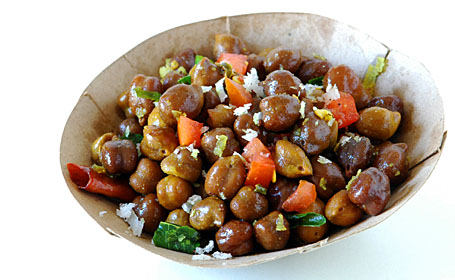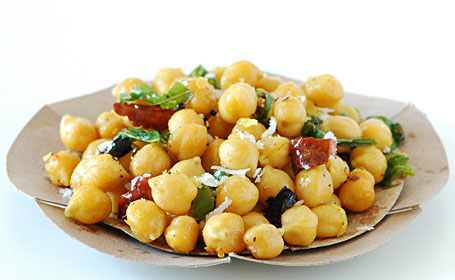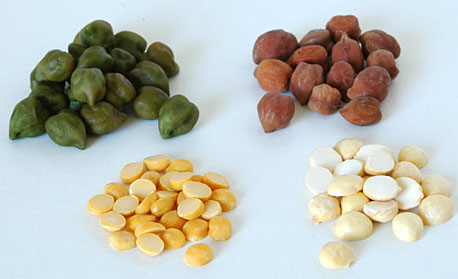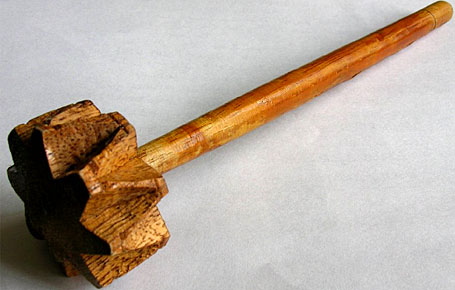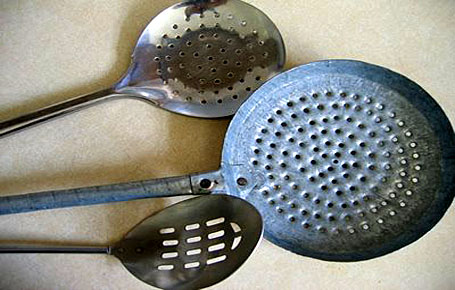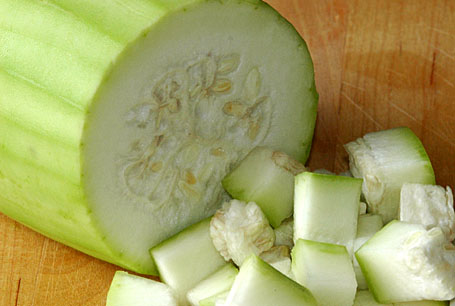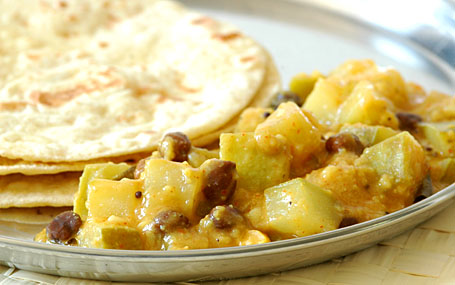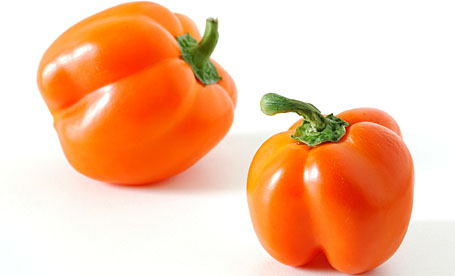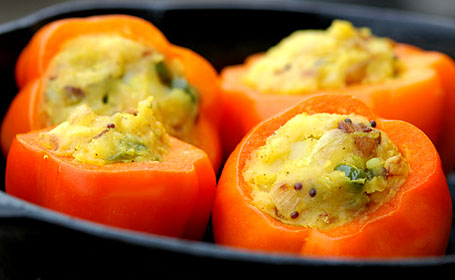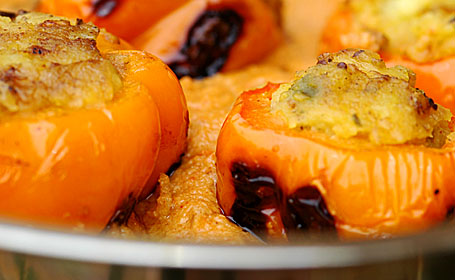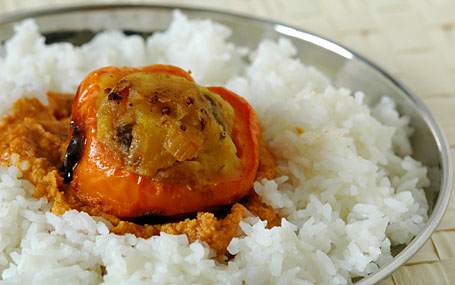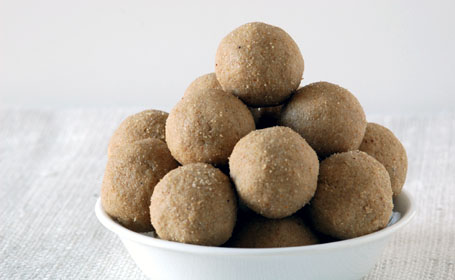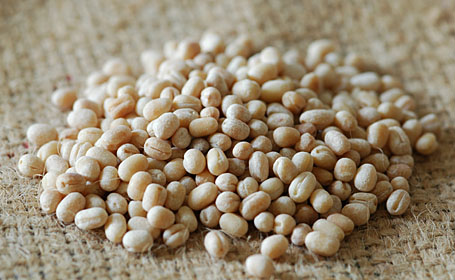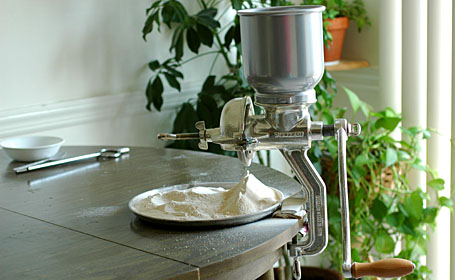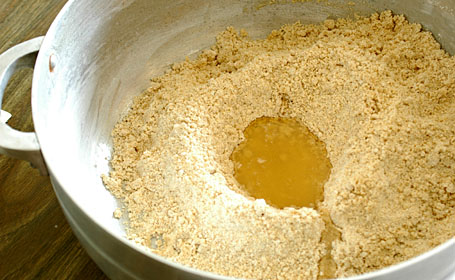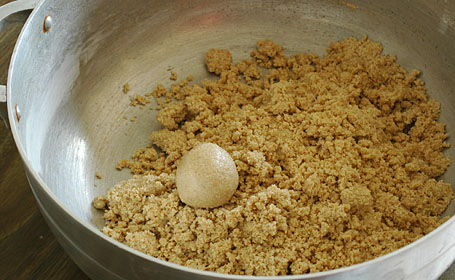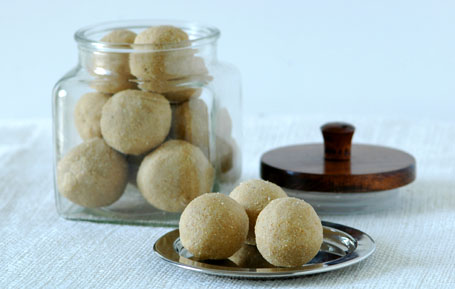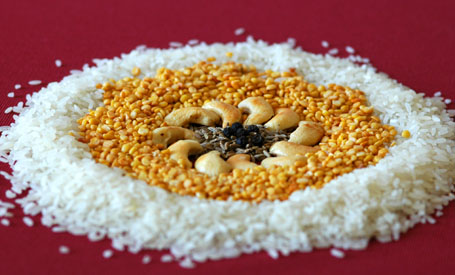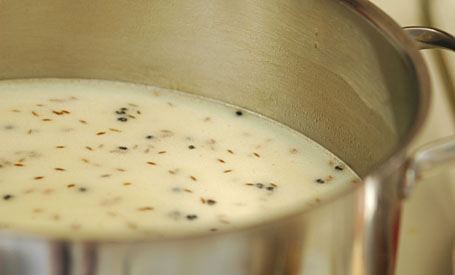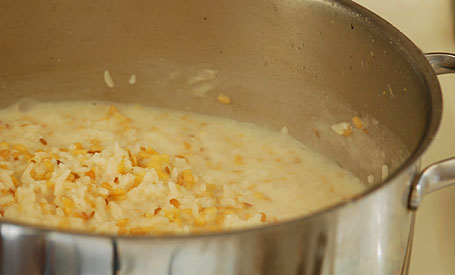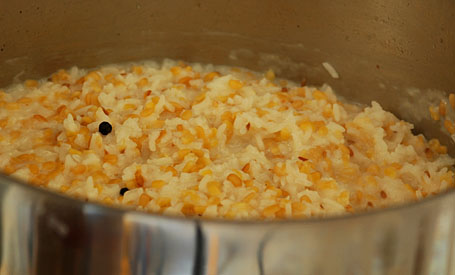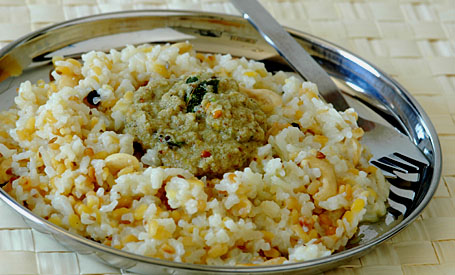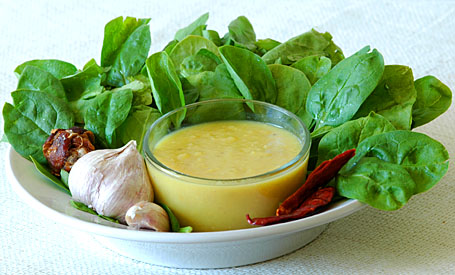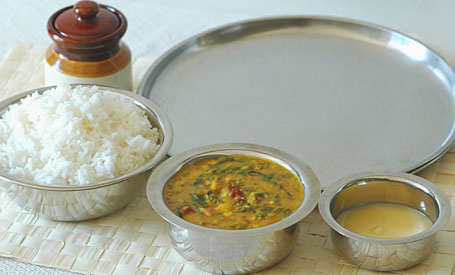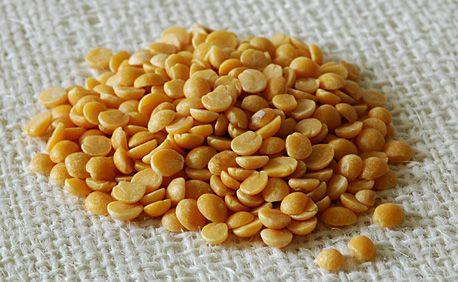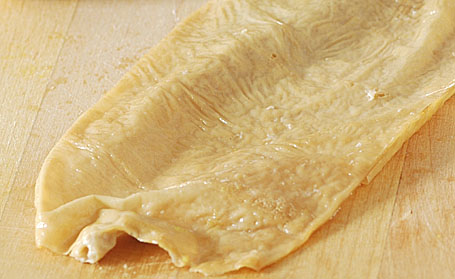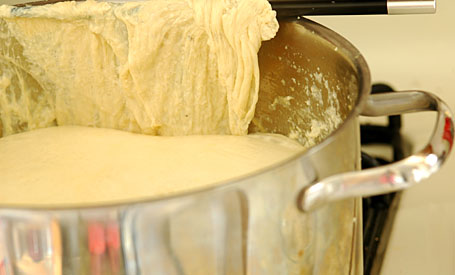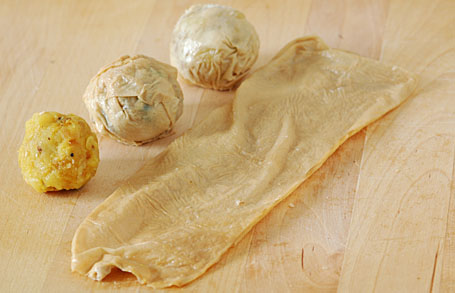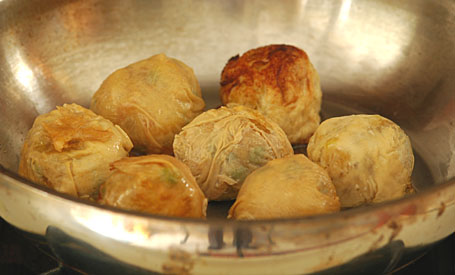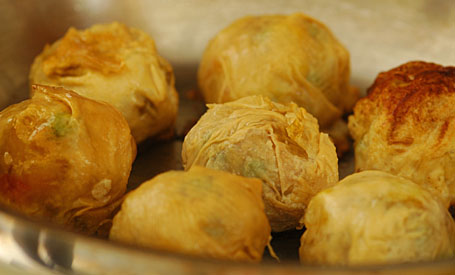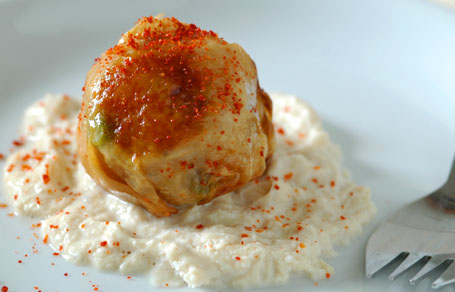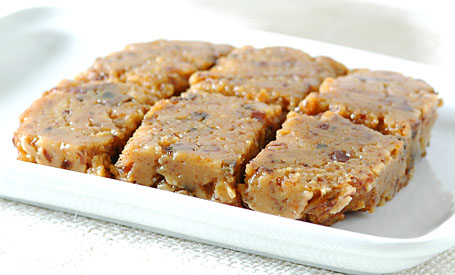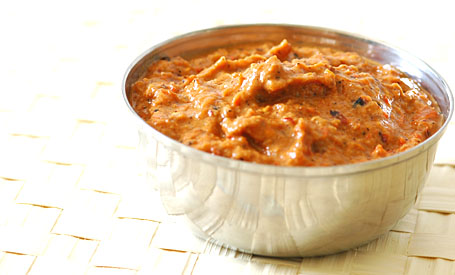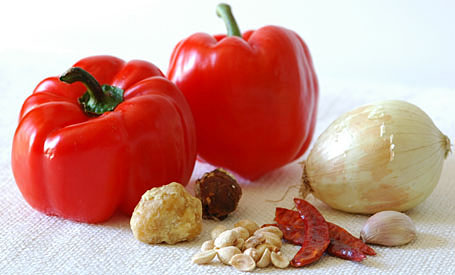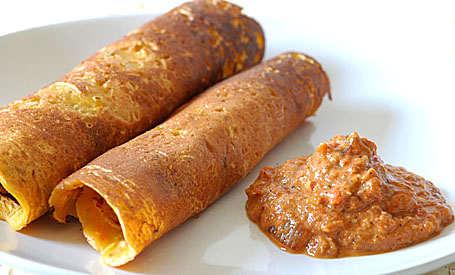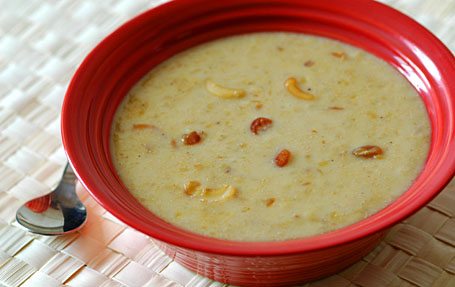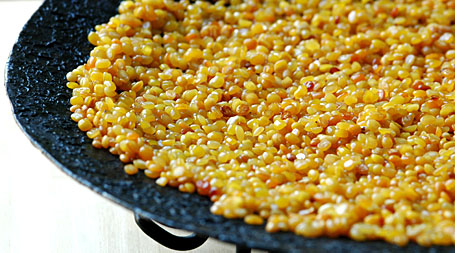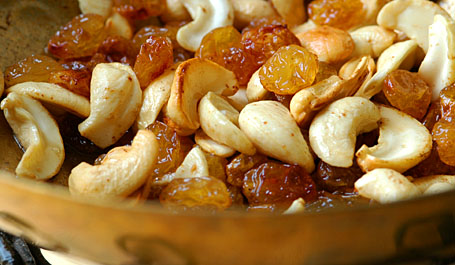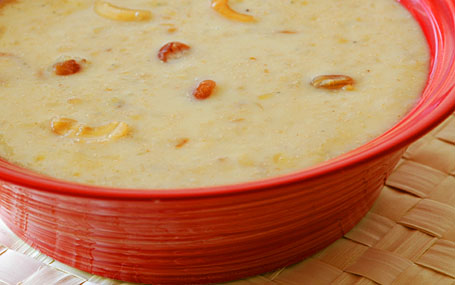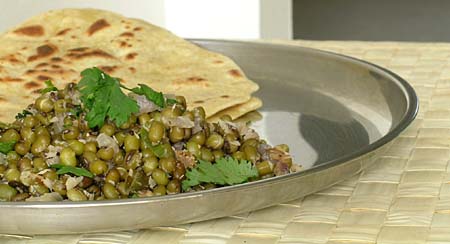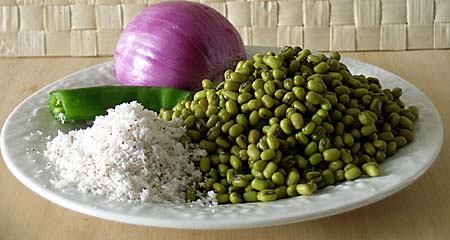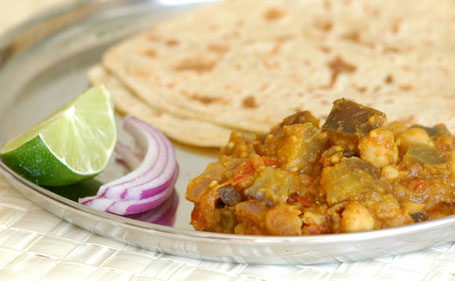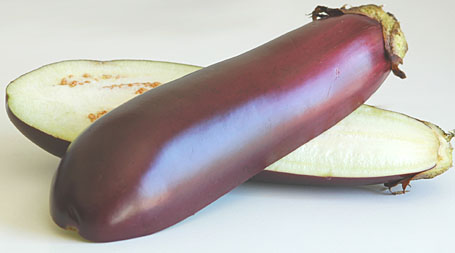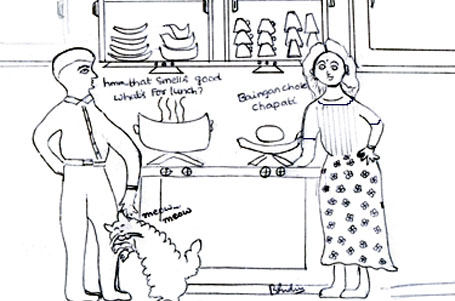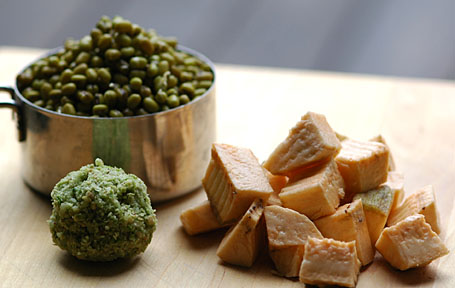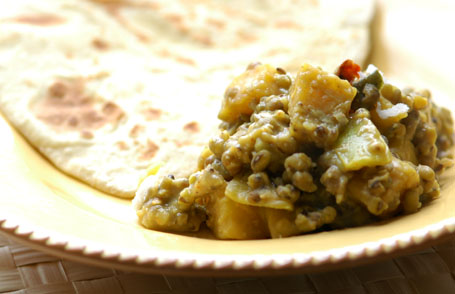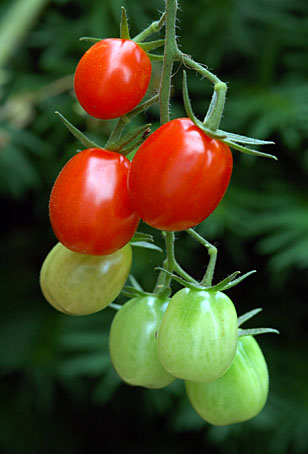
Tomatoes from My Container Garden
The past week before going on a weeklong working vacation to DC with Vijay, one thing I did was picking the cherry tomatoes from my container garden. There were almost two pounds of tomatoes from 4 plants. I picked even the unripe ones, thinking the plants were not going to survive this hot weather without getting water daily. By the time we returned, we were like fried puris all red and puffed up, whereas our plants were all shriveled up and looking tired because of extremely hot weather. I think there is one more crop in them, that’s all.
Cherry tomatoes have thin skin, filled with juice without lot of thick flesh, just like the tomatoes that I would find in India. That’s why I prefer them for planting for my container garden every year. They are perfect for curries, rasams, salads and for rice. And one of the best recipes that truly do justice to the incredible flavor of summer tomatoes is tomato pulao. I often prepare it during this season. Quite easy, a one-pot meal and always a crowd favorite, if you haven’t tried tomato pulao yet, trust me and give it a try. Juicy tomatoes and fragrant basmati rice cooked together is a taste that would make you whistle summer tunes.:)
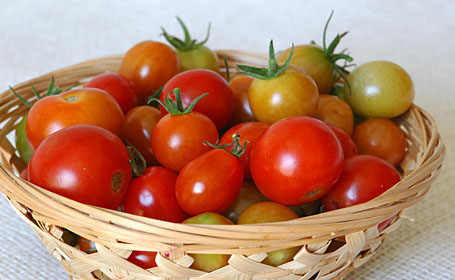
Summer’s Tomato Bounty
Recipe:
Tomatoes and Veggies:
15 to 20 cherry tomatoes or 1 pound ripe tomatoes of any variety – chopped
1 onion and 6 green chillies – finely chopped lengthwise
½ cup of finely chopped fresh cilantro
1 cup of frozen fresh chickpeas
(available as ‘Choleye’ in Indian grocery shops-frozen section. Green peas fresh or dried, or roasted cashews – they all taste good with this rice. Your choice.)
Basmati Rice:
1 cup of basmati rice and 2½ cups of water
For Masala:
2 each – cardamom pods and cloves
1 inch piece of cinnamon stick
½ teaspoon of black peppercorn
Coarsely grind these together.
Salt, bay leaf and ghee or oil to taste
1 In a large saucepan, heat ghee/oil. Add and saute the onions until soft and red.
2 Add the green chillies, masala powder, bay leaf and chickpeas, saute for few minutes.
3 Stir in the cut tomatoes, juice, seeds everything. Increase the heat to high, cook them covered until the tomatoes when pressed with a spatula turn to soft, concentrated mush.
4 Stir in the basmati rice and salt. Add water and mix. On high heat, bring the water to boil. Reduce the heat to medium. Cover and cook for about 10 to 15 minutes or until all the water is absorbed. Mix only once and resist the temptation to stir frequently (frequent stirring breaks the rice and makes a soggy mess.) Turn off the heat and leave it to rest for about 5 minutes. Just before serving, sprinkle fresh cilantro, gently mix taking care not to brake the basmati rice.
Serve with kurma and/or raita (yogurt is mixed with salt, finely chopped onions, green chillies and grated carrot, cucumber).
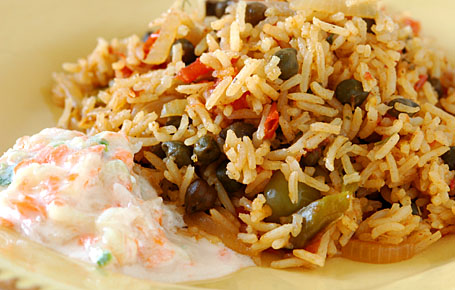
From Pot to Plate ~ Tomato : Basmati Pulao with Raita ~ For “Green Blog Project”
